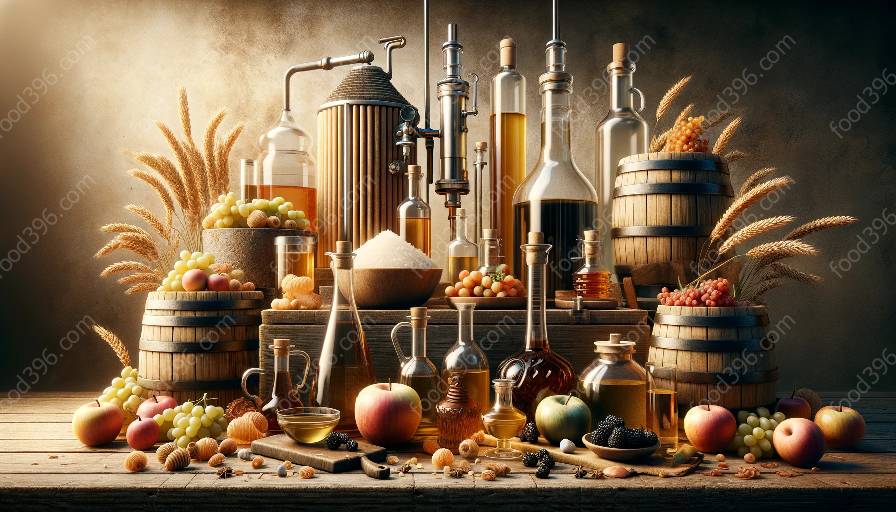Vinegar has been used for centuries in food preservation and processing. Understanding vinegar production methods is key to appreciating its significance in food preservation and processing. This comprehensive guide explores the various techniques and processes involved in making vinegar, as well as its role in food preservation.
The Significance of Vinegar in Food Preservation & Processing
Vinegar, a versatile liquid, has been used for centuries as a food preservative. Its acidic nature makes it a natural antibacterial agent, helping to slow the growth of harmful bacteria and fungi in food. Additionally, vinegar's sour flavor can enhance the taste of many dishes and sauces, making it a popular ingredient in food processing.
Vinegar Production Methods
There are various methods for producing vinegar, each yielding unique flavors and characteristics. The most common methods include:
- 1. Traditional Batch Fermentation: In this method, vinegar is produced through the fermentation of sugars by acetic acid bacteria. The process involves exposing the sugars, often from fruits or grains, to the open air to allow the bacteria to convert them to acetic acid. This traditional method results in a full-bodied, flavorful vinegar with a rich aroma.
- 2. Orleans Method: This method involves using a wooden barrel to age the vinegar, resulting in a mellow, smooth flavor and aroma. The wooden barrel allows for a small amount of oxygen to interact with the vinegar, enhancing its complexity.
- 3. Submerged Fermentation: In this method, the fermentation process occurs in a submerged liquid culture, usually in large vats or tanks. This method is often used for large-scale commercial production of vinegar, resulting in a consistent and controlled end product.
Relationship between Vinegar Production and Food Preservation
The production of vinegar plays a crucial role in food preservation. Vinegar's acidic properties create an environment that is inhospitable to many types of harmful bacteria and microbes, helping to preserve a wide variety of foods, including pickles, sauces, and condiments. Additionally, the use of vinegar in food preservation has been instrumental in preventing spoilage and extending the shelf life of perishable foods.
Conclusion
Vinegar production methods are diverse and offer a range of flavors and aromas, making it a versatile ingredient in food preservation and processing. Understanding the significance of vinegar in food preservation and processing allows for a deeper appreciation of this ancient culinary staple.

